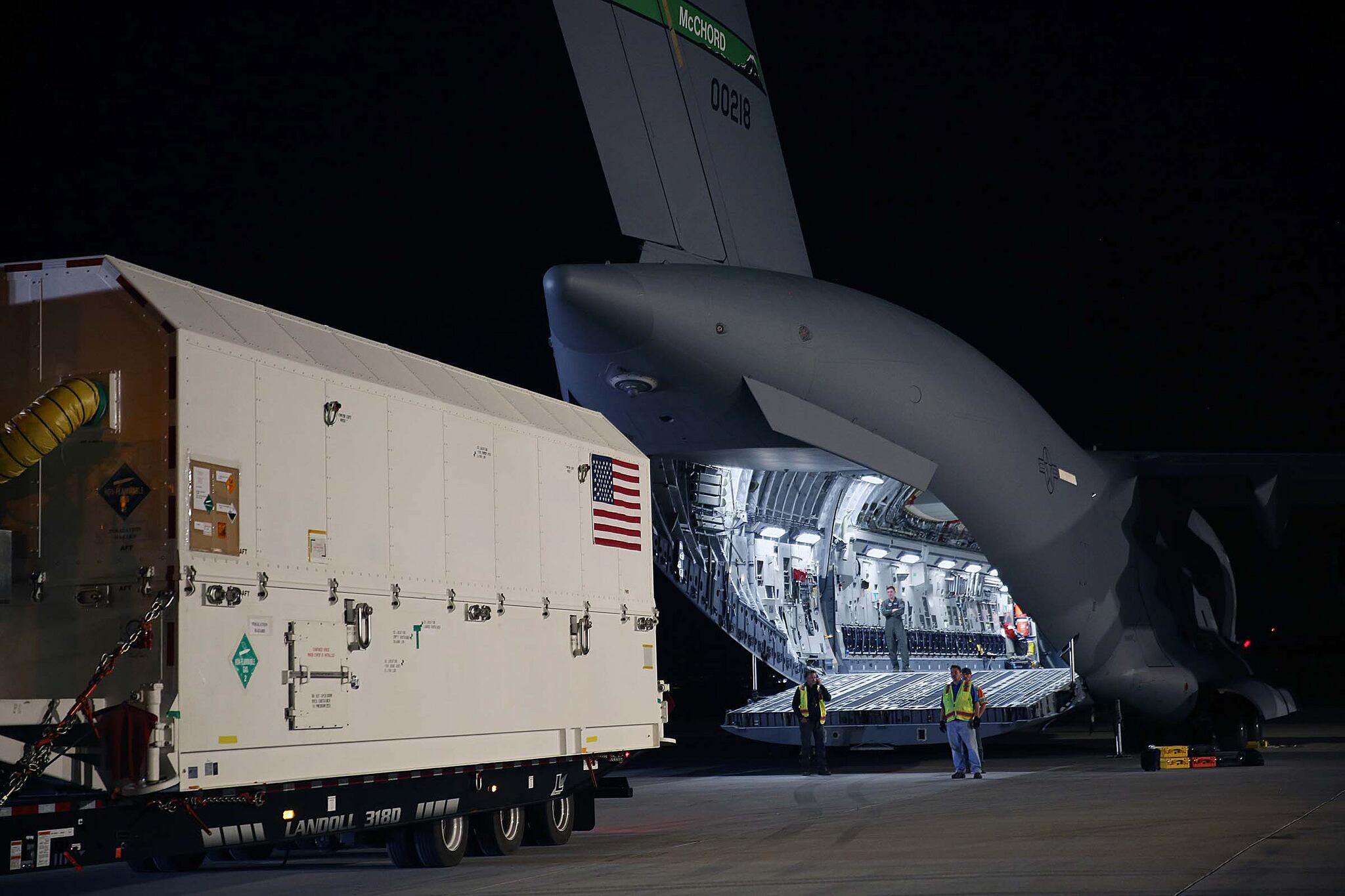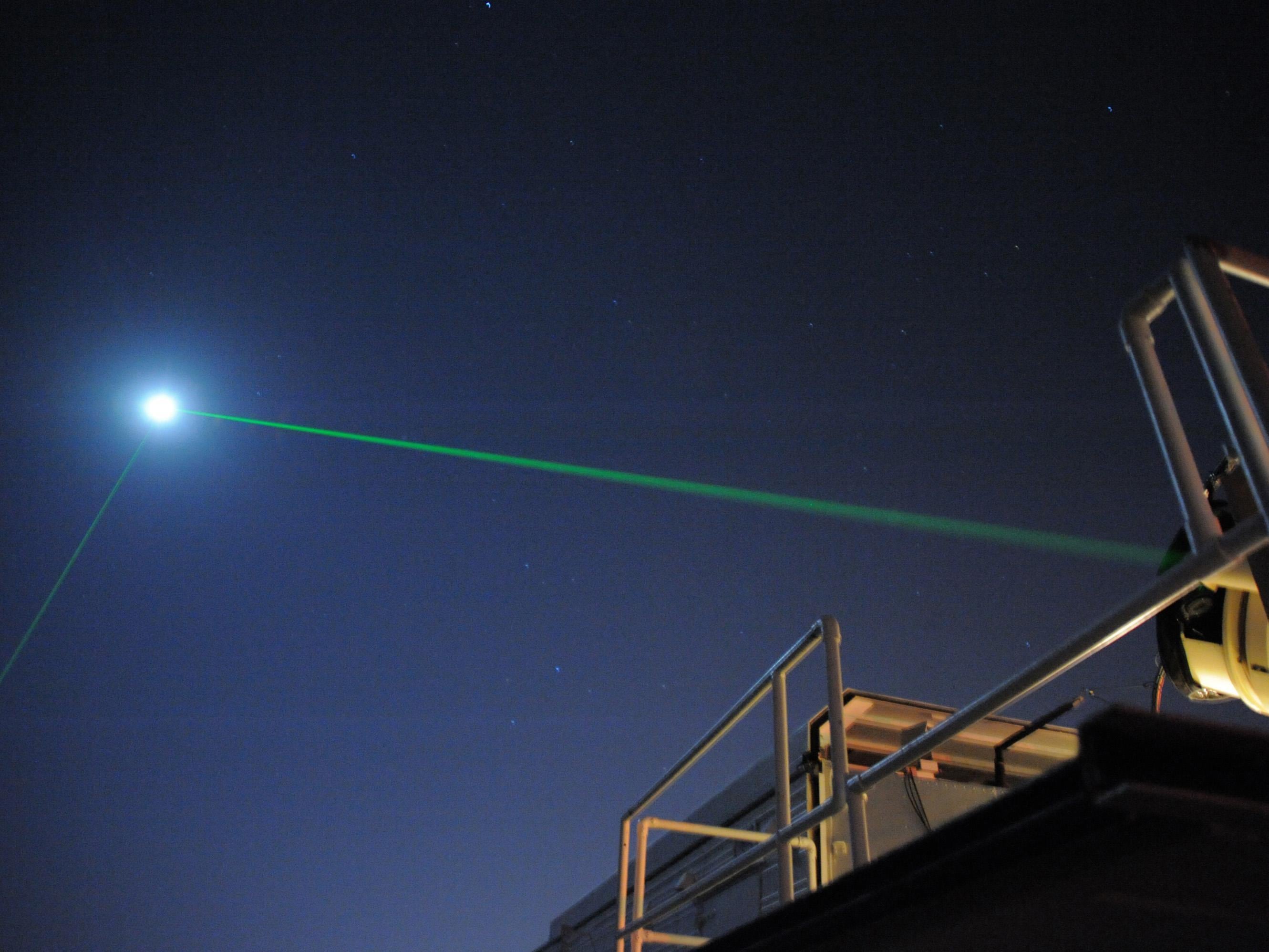Every day we learn of exciting, new commercial activities in space. A growing number of commercial companies are launching constellations of thousands of satellites to provide Earth imaging, communications, worldwide internet and a wide array of other services.
The U.S. Air Force launches and operates dozens of satellites for communications, navigation, early missile warning and weather. The National Reconnaissance Office also launches and operates satellites for intelligence purposes. The combination of Air Force and NRO satellites are often termed “national security satellites.” The Air Force currently uses United Launch Alliance and SpaceX to provide launch services for these types of satellites.
In an ongoing procurement, the Air Force is leveraging the transformation in U.S. commercial launch to modernize and reduce the cost of launching national security satellites.
Over the last five years, the Air Force has spent over $1 billion and attracted an almost equal amount of private capital to stimulate competition among America’s rocket companies. The result is that four innovative rocket companies — incumbents ULA and SpaceX along with Northrop Grumman and Blue Origin — are positioned to compete for two contracts. The two selected companies will share the national security launch manifest for five years, 2022 through 2026, totaling around 30 missions.
What’s often lost in the excitement of the flourishing commercial market is the stark difference between launching commercial satellites and critical national security satellites.
RELATED

Commercial satellites tend to be much smaller and less expensive than national security satellites. Commercial companies can insure their satellites and receive compensation in the case of a launch failure. Typically, a replacement commercial satellite can be built in less than 24 months, and sometimes much less. Not so for national security missions.
Air Force and NRO satellites tend to be larger and more expensive, sometimes costing over $1 billion each. If the launch fails, several years of work and hundreds of millions or even billions of dollars are needed to build a replacement satellite. In addition, the loss can cause gaps in critical national security missions. Imagine telling the president and secretary of defense that there are gaps in the warning of missile attacks or the availability of intelligence pictures.
With these consequences in mind, the Air Force focuses on mission assurance — that is, on certainty of success. The Air Force has the job — codified in law — to provide assured access to space at an affordable cost for national security launches. The Air Force seeks to do this by maintaining two certified launch systems fully capable of meeting all national security launch needs. I emphasize “certified” because it represents a robust process of analysis and test of any new launch rocket, including at least one test launch before it’s used for actual national security launches. This is an expensive process that takes several years to complete.
Why limit to two launch providers?
A satellite must be designed for the rocket that is going to take it to space. Every rocket puts many stresses on the satellite payload due to rapid acceleration, vibration and many other characteristics that vary between each brand of rocket. All of the many mechanical and electrical connections also differ. Each satellite must be matched properly with its launch rocket, an elaborate process that is expensive and time-consuming.
Selecting the two best competitors balances the high costs of matching each satellite with its launch rocket while avoiding dependence on only one launch provider, as we are largely doing now. We have learned this lesson before, when many national security systems were moved to the Space Shuttle, then moved back to traditional rockets after the Challenger tragedy in 1986. This cost billions of dollars and took years to accomplish.
Realizing, however, that innovation never stops and that companies come and go, the Air Force is already planning for the next competition five years from now. That includes planning for innovation in the satellites to be launched as well.
It is likely that the resilient constellations of small satellites envisioned by some national security missions will require a spectrum of new and different launch capabilities. The Air Force’s strategy incentivizes industry partners to invest in and innovate their launch offerings, continuing healthy competition in the National Security Space Launch program.
RELATED

The proposals are in
Company proposals to the Air Force have now been submitted. It’s not uncommon for procurement strategies to be questioned as programs evolve, but changes to the procurement strategy at this point could have significant consequences.
After five years and two rounds of development funding under a stable, well-understood and well-administered procurement strategy, it would not only be unfair to the competing firms and their respective investment decisions, but would likely result in cost and schedule impacts that add risk to national security missions.
The competing U.S. launch providers offer the Air Force a spectacular choice of innovation: new rocket engines and motors; a wide range of rocket sizes; futuristic, reusable, liquid-fueled rockets; and elegantly simple, one-time, solid-fuel rockets — all at significantly lower prices than today.
This can be a procurement success story that will capstone the Air Force’s magnificent, 16-year record of 115 successful launches of mission-critical national security satellites.
Martin Faga is the former assistant secretary of the U.S. Air Force for space and the former director of the National Reconnaissance Office.








